
A meta-analysis of the Omega-3 fatty acid EPA (eicosapentaenoic acid) as therapeutic supplement for major depression followed the above study online September 6 in the Journal of Clinical Psychiatry.


A meta-analysis of the Omega-3 fatty acid EPA (eicosapentaenoic acid) as therapeutic supplement for major depression followed the above study online September 6 in the Journal of Clinical Psychiatry.

"I'm all over it, because I'm looking for something to help," declared Army Vice-Chief of Staff General Peter W. Chiarelli, quoted in USA Today News September 20, in his response to a study finding an increased risk of suicide in US military personnel with low Omega-3 fatty acid serum levels.
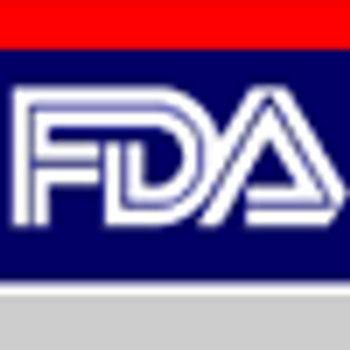
With all the justifiable concerns about our next DSM, I frankly have more concerns about treatment. After all, diagnosing is really most important as far as it leads to the necessary treatment to help the patient.

Depression, anxiety, and delirium are 3 examples of common but frequently challenging areas of distress in pediatric palliative care patients.

An initiative from the BRIDGE study group has determined that approximately half of patients presenting with a depressive episode are mistakenly diagnosed with unipolar major depression.
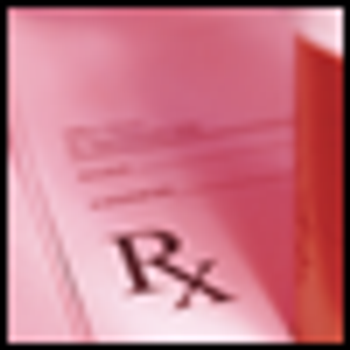
Several available agents in addition to methylene blue are being investigated for bipolar disorder and were in a in a recent review.

Are antidepressants active placebos or lifesavers? Are they overprescribed? Are clinical trials of these drugs insufficient?
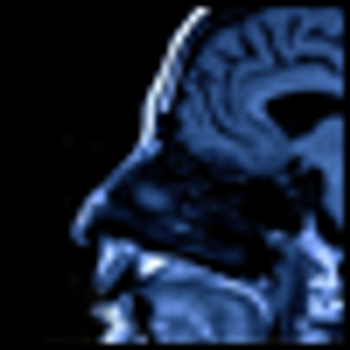
A meta-analysis of depression and risk of stroke finds a positive association. How will this information affect your practice?

Cognitive-behavioral therapy, interpersonal psychotherapy, or antidepressants can be effective treatments for major depression-despite their minimal separation from placebo/control therapies in clinical trials. This article argues that their specific efficacy has not been established.

In my view, Dr Angell’s assertions reflect both a serious misunderstanding of psychiatric diagnosis, and-equally important-a failure to address the core philosophical issues involved in her use of the terms “subjective,” “objective,” “behaviors,” and “signs.”

Hoarding has broad-reaching implications, including a substantial public health burden linked to occupational impairment, poor physical health, and demand for social services.

In 2009, Maj Matthew P. Houseal, a psychiatrist, was in Iraq attempting to help suicidal soldiers when a fellow soldier killed him, a clinical social worker and 3 others at a combat stress center near Bagdad. Paradoxically, Houseal’s accused killer, US Army Sgt John Russell, had earlier threatened to take his own life, according to witnesses’ testimony during a recent investigative Article 32 hearing.

Dear Mrs. -- You have asked me about the cause of your mood disorder, and whether it is due to a "chemical imbalance."
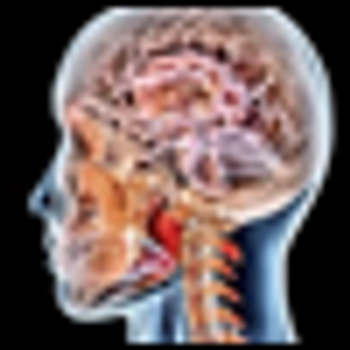
Psychotherapy outcomes and the mechanisms of change that are related to its effects have traditionally been investigated on the psychological and social levels, by measuring changes in symptoms, psychological abilities, personality, or social functioning.
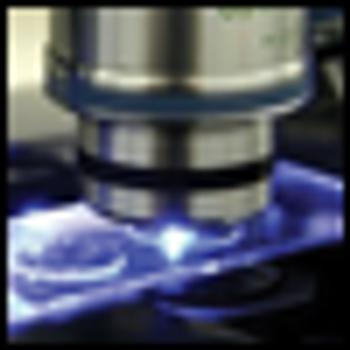
Newly developed blood tests for schizophrenia and for depression designed to augment current diagnostic approaches have attracted increased attention at recent major scientific meetings.

Polypharmacy has become so ubiquitous that more accidental overdoses are now caused by prescription drugs than by street drugs. The question naturally arises whether this almost routine use of multiple psychotropic medications make sense?

This article addresses the epidemiology, diagnosis, and treatment of mild TBI among combat veterans, with a particular focus on blast injury and the presence of comorbid posttraumatic stress disorder (PTSD).

For women with metastatic or recurrent breast cancer, reductions in depression symptoms over the first year of a randomized controlled trial predicted longer survival times.
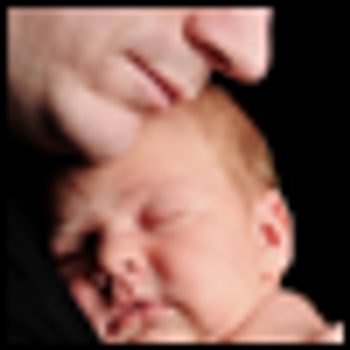
The majority of the literature focuses on prenatal and postnatal depression in mothers, and little attention has been given to the incidence of prenatal and postpartum depression in fathers.

There should be no quarrel over the reality of severe CFS as an instantiation of genuine disease, just as schizophrenia and major depression constitute real disease.
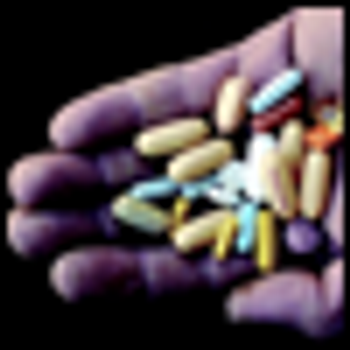
Depression and alcoholism treatment requires the proper use of medication and psychosocial interventions, as well as a solid doctor-patient relationship and a commitment to treat both disorders.

In this Special Report, Helen M. Pettinati, PhD, and William D. Dundon, PhD, discuss prevalence, assessment, clinical features, and treatment issues with respect to individuals with co-occurring major depression and alcohol dependence.

I just received a very important email from Dr Dayle Jones who chairs the DSM-5 Task Force of the American Counseling Association (ACA). The ACA has provided a much needed wake-up call for the American Psychiatric Association.

In a decade-long study of antipsychotic prescribing for hospitalized children and adolescents, researchers found that antipsychotics were used in 44.3% of patients and were often prescribed for behavioral disorders, PTSD, and other anxiety disorders as well as psychotic disorders.

A large-scale, systematic depression screening of adults with cardiovascular disease (CVD) conducted by Kaiser Permanente in Southern California produced some unexpected result. Even those with negative depression screens benefitted.